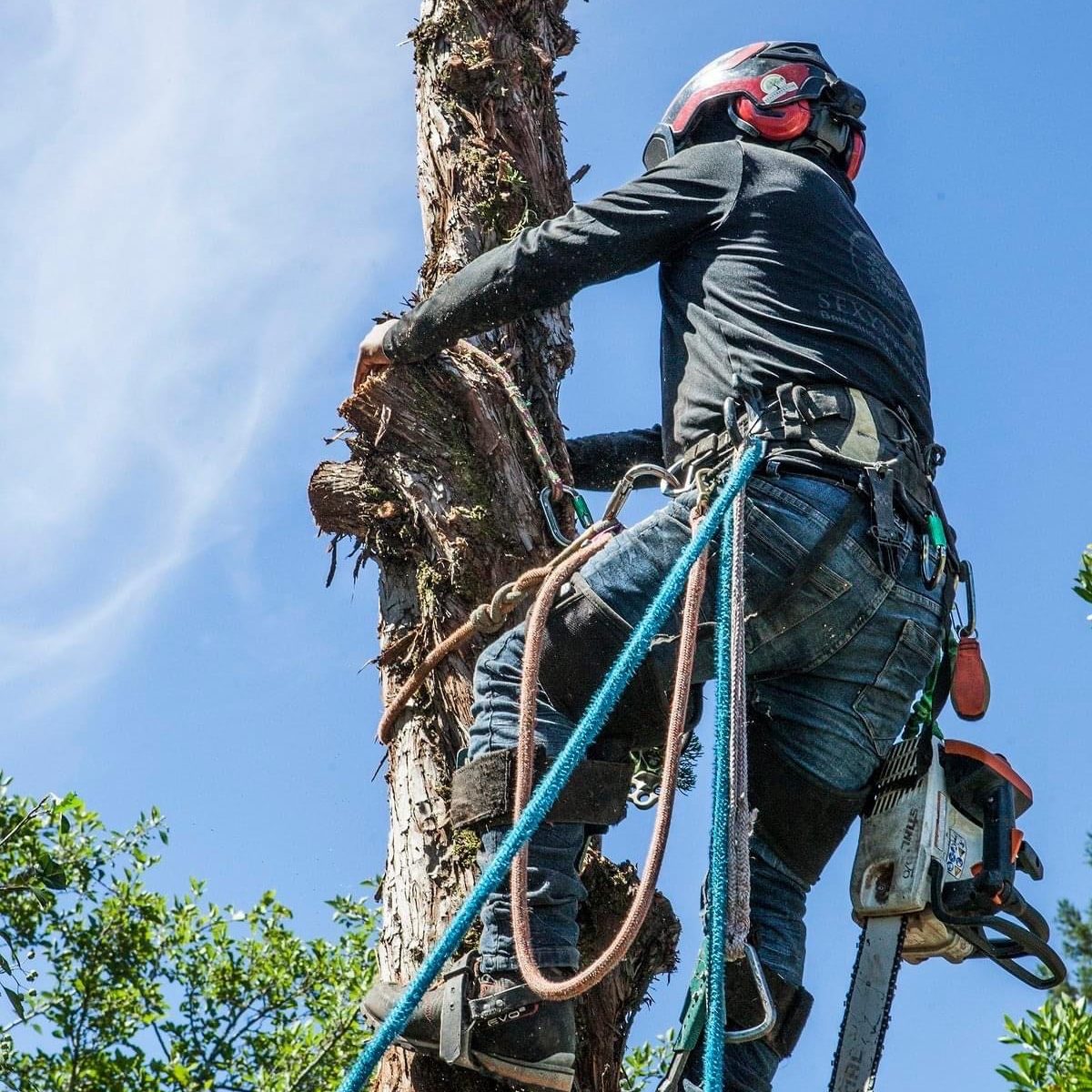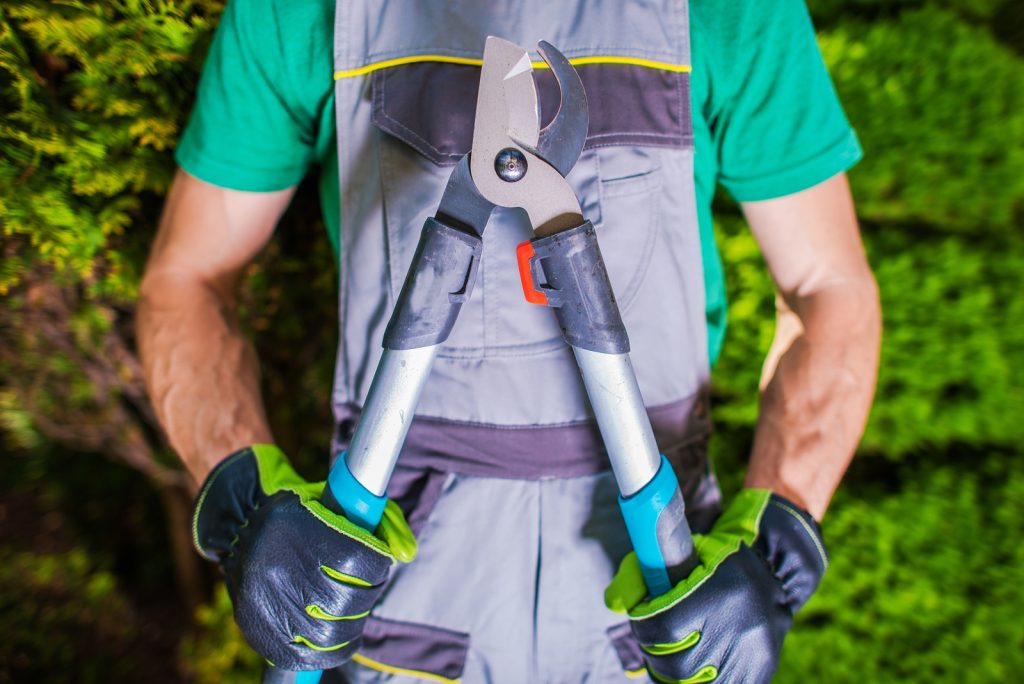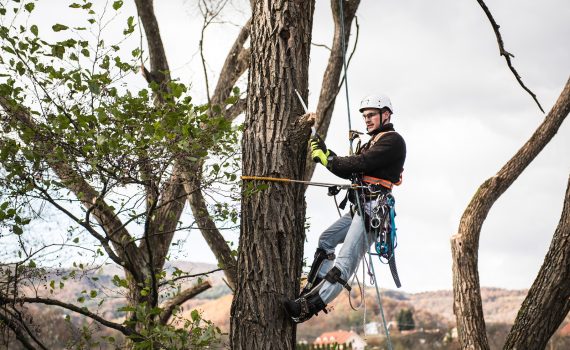If you have trees growing on your property, you know that one of the most important maintenance routines is pruning. Below are some common questions and answers regarding pruning techniques for your Lafayette tree service.
Is Pruning Important For My Trees?
Yes. You need to regularly prune the trees on your property to keep them healthy and looking their best. Pruning when the trees are younger ensures they gain a sturdy structure. Also, removing ailing branches allows the remaining limbs to get more energy and grow stronger. When pruning your trees, you make them more visually appealing, and also reduce the potential hazards they pose to people and property.
When Should I Have My Trees Pruned?
It’s often best to schedule a pruning service in winter when there’s less risk of insects or infection. Trees have time to recover before all that spring growth. It’s also easier to identify dead branches during winter than in other seasons. This is because many trees lose their leaves. Although, you can still prune other times of the year, especially if your trees have begun to look a bit shabby. In spring, tree bark is usually softer. That can make tree care easier. You do have to be careful, though, because you could easily damage the new branches.
How Frequently Should I Have My Trees Pruned?
Tree pruning should be done at least once every year. However, you can schedule Lafayette tree services more often if your trees need them. Arborists are able to determine if special circumstances require pruning, such as a tree branch rotting, or new construction that’s obstructed by tree growth.
Are There Specific Pruning Techniques I Should Use?
While tree pruning may seem easy, it requires expert knowledge and a refined skill set. The best way to guarantee proper tree care is to hire experts to handle the process. Alternatively, you can study up to learn the appropriate techniques and prune them yourself. They include:
Hazard Reduction Pruning
This is done on larger branches that pose a danger. It should be handled carefully to guarantee safety.
Maintenance Pruning
This technique is used to remove dead branches or branches that are infected. The goal is to allow the tree to continue growing properly, without hindrance from the affected branches.
Related Content: 3 Tools for Tree Pruning
Crown Raising
You remove the lower hanging branches to increase the aesthetic appeal of the tree.
Vista Pruning
Allows removal of tree limbs without damaging the tree. Vista pruning removes branches that block a beautiful view.
Should I Treat Pruning Wounds?
You shouldn’t add any product to the surface of the tree, as it could cause decay. Make sure you make a clean pruning cut that will allow natural healing.
Related Content: The Dangers of Improper Tree Pruning
Why Hire a Professional Tree Company?
Tree companies have the knowledge and experience you need to guarantee clean cuts and proper healing. A Lafayette tree service will also have the equipment and insurance to cover any accidents on the job.
Lafayette Tree Service
When you need tree care in the Bay Area, contact us at Sexy Trees by calling (925) 233-6877.
 Bringing Sexy Back Into Your Yards
Bringing Sexy Back Into Your Yards 


